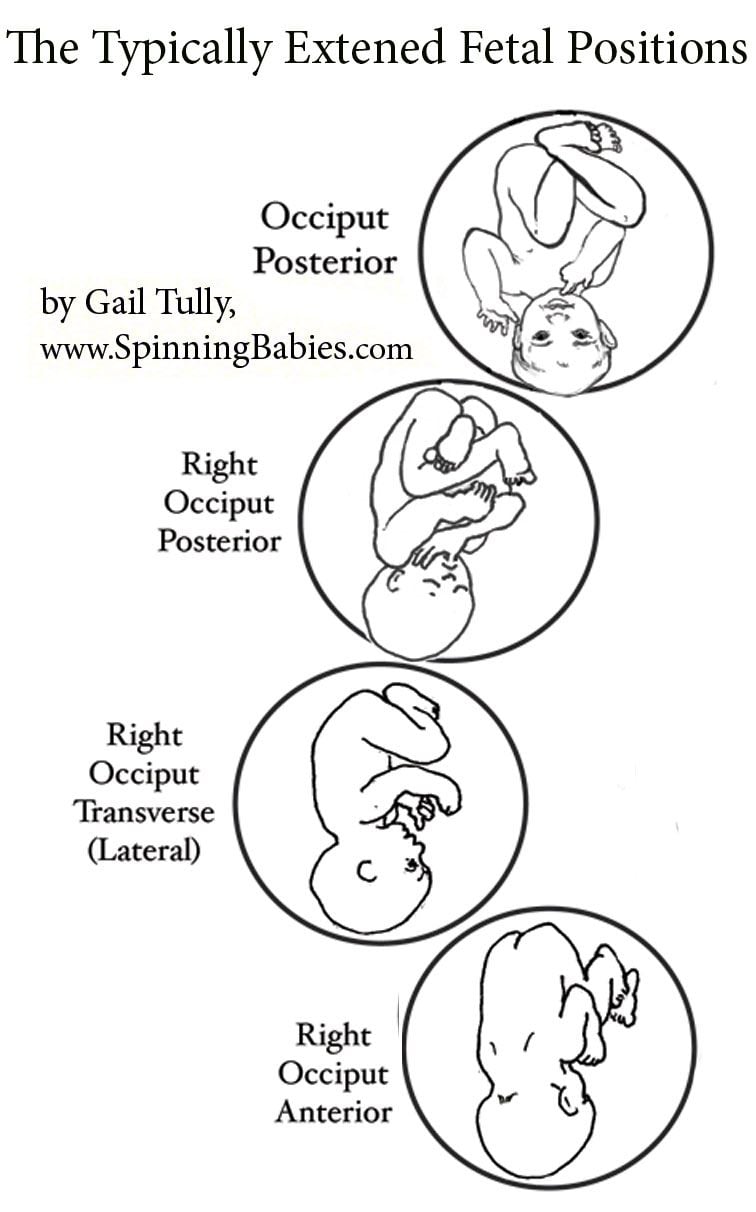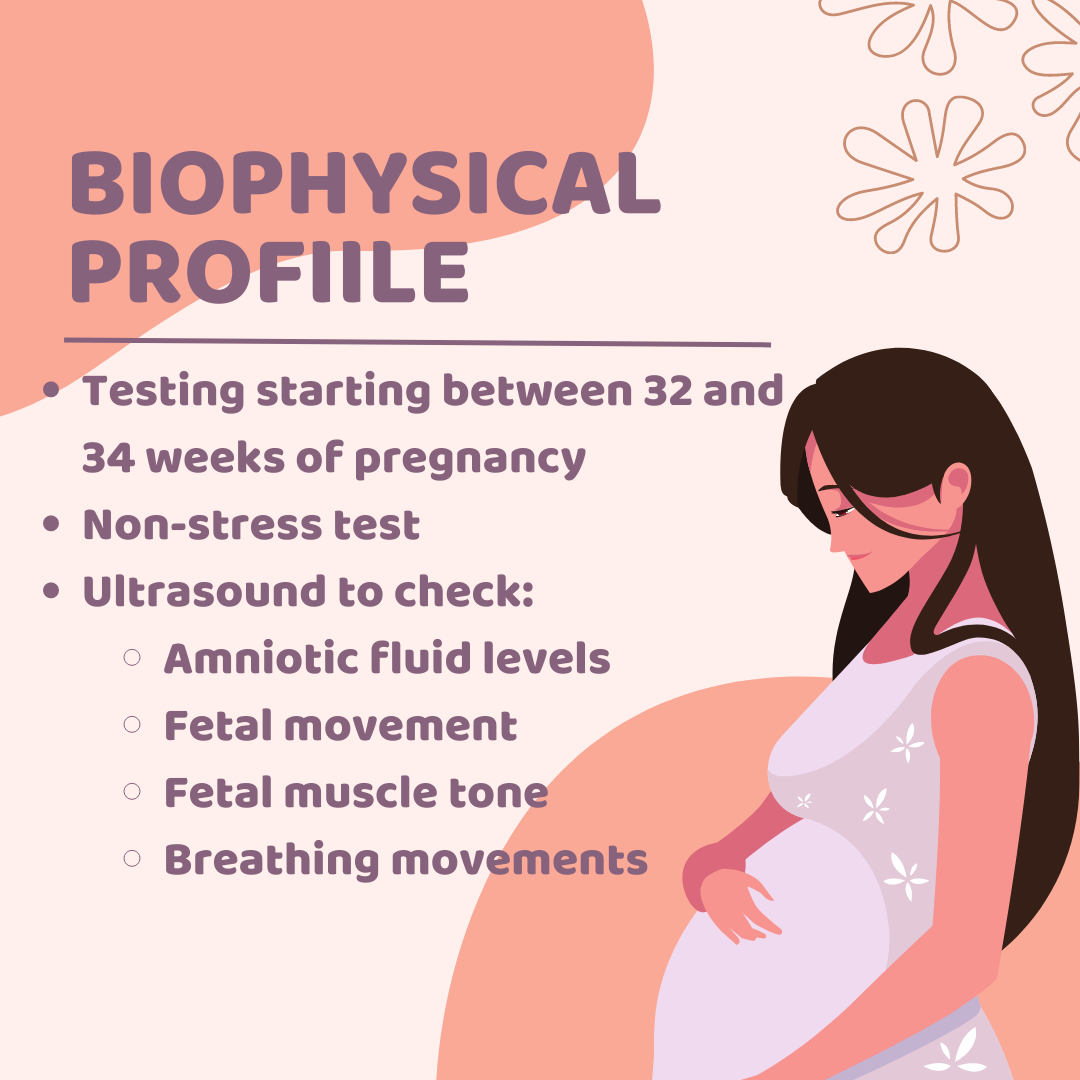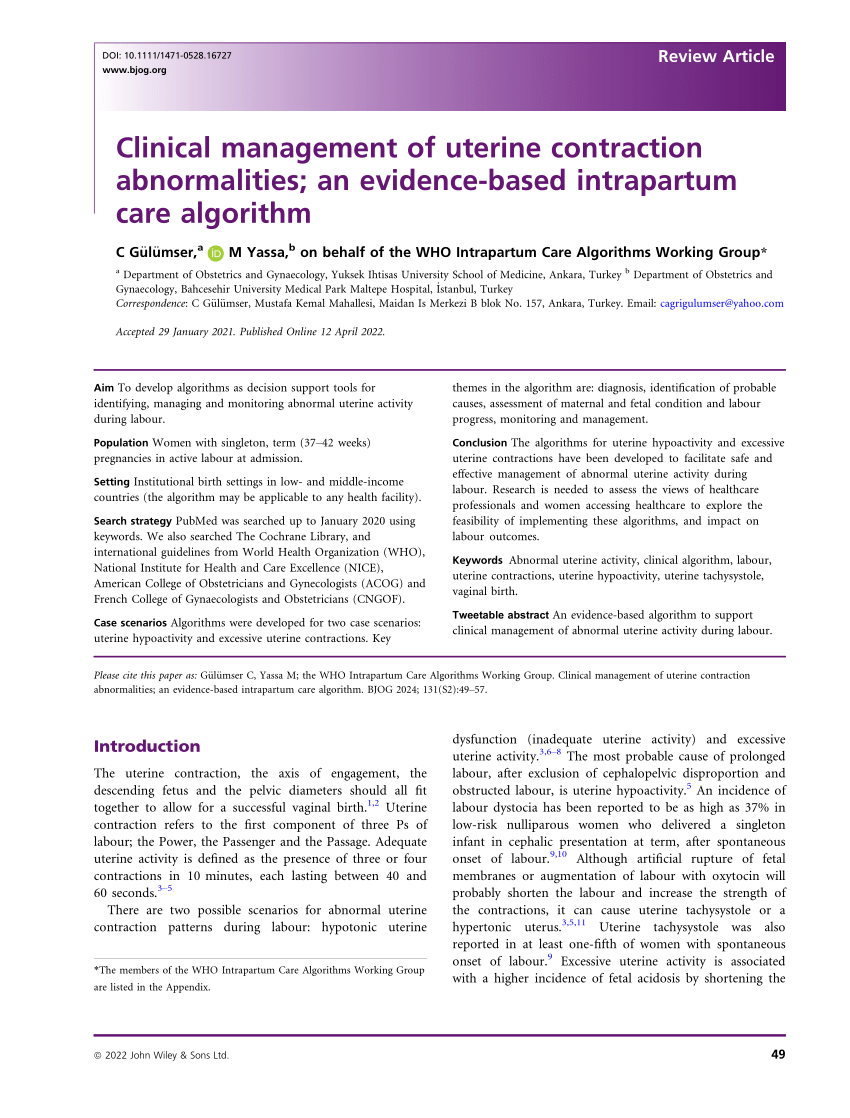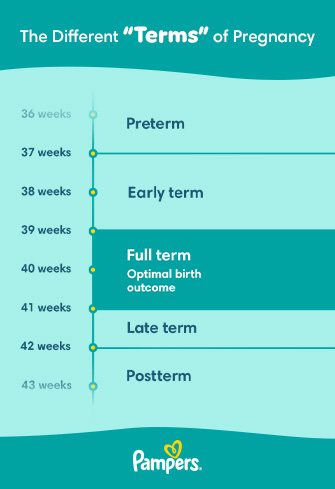The Four Maneuvers of Leopold: A Predatory Tactical Guide
– Leopold’s maneuvers are a common way to determine the position of a fetus in the uterus.
– They consist of four distinct actions and are important for assessing the potential complications during delivery.
– The skill of the examiner is crucial in correctly determining the fetal position.
– The maneuvers may be difficult to perform on obese women and those with polyhydramnios.
– The woman should be in a relaxed position and have recently emptied her bladder.
– The first maneuver involves palpating the upper abdomen to assess the size, consistency, shape, and mobility of the fetus.
– The second maneuver involves determining the location of the fetal back by palpating the abdomen with deep pressure.
– The third maneuver involves assessing the pelvic grip or Pawlik’s grip.
– The fourth maneuver involves determining the fetal descent and flexion.
– These maneuvers allow healthcare professionals to determine the baby’s size and placement in the uterus, as well as make a birth weight estimate.
– Leopold’s maneuvers should only be performed by trained medical professionals.
– They can help plan for a safe delivery and assess fetal weight and amniotic fluid volume.
– Leopold’s maneuvers are low-cost, non-invasive methods used to determine the position and estimated weight of a baby before birth.
– Leopold’s maneuvers do not require expensive equipment like an ultrasound.
– The ideal position for vaginal delivery is when the baby is head-down, facing the mother’s back, with their chin tucked to their chest.
– Most babies settle into this position between the 32nd and 36th week of pregnancy.
– Around 96% of babies are born in the cephalic position (head-down).
– The cephalic posterior position (baby is head-down but facing out instead of towards the spine) may increase the chances of a painful and prolonged delivery.
– A breech position (baby’s bottom is facing downwards) can make delivery riskier and may require a C-section.
– There are three types of breech positions: Frank breech, footling breech, and complete breech.
– A transverse lie position (baby lying sideways across the uterus) can also require a C-section if the baby doesn’t change position.
– Leopold’s maneuvers can be used to estimate the weight of the baby, which helps healthcare providers plan for birth.
– A baby estimated to be 10 pounds or more might require a C-section birth.
– There are no known risks associated with Leopold’s maneuvers when performed by qualified medical professionals.
– Leopold’s maneuvers are not as accurate before the 36th week of pregnancy.
– A full bladder can make determining the baby’s position accurately difficult, so providers may ask the patient to empty their bladder before the procedure.
– Leopold’s maneuvers may not be used if the mother has experienced blunt force trauma from an accident.








